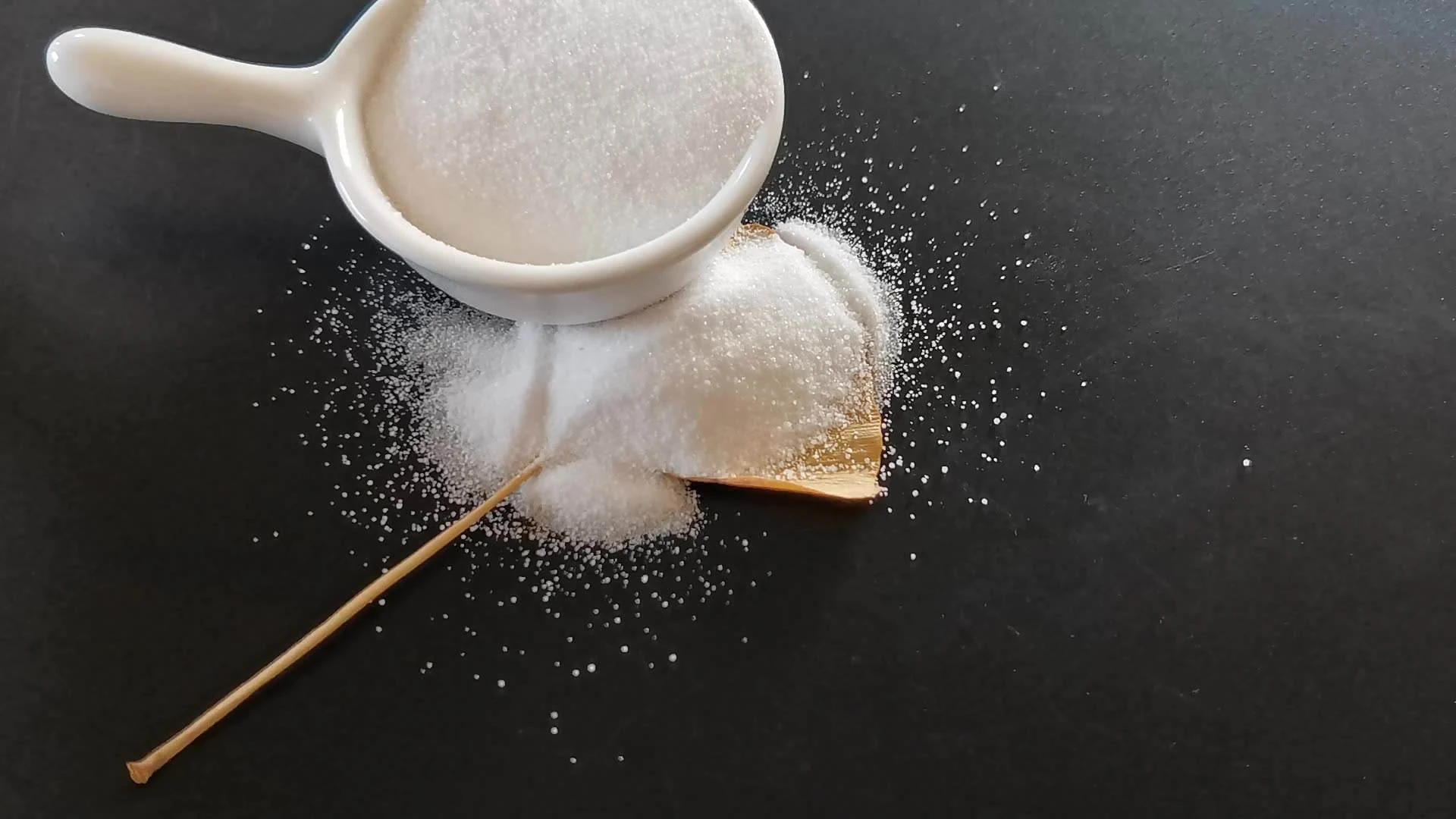



Caustic Chlorine Production Techniques and Methodologies for Efficient Manufacturing
The Caustic Chlorine Manufacturing Process
Caustic chlorine, also known as sodium hypochlorite or sodium hydroxide, is an essential chemical used in various industrial applications, including water treatment, bleaching, and disinfection. The manufacturing process of caustic chlorine is predominantly based on the electrochemical chloralkali process, which produces chlorine gas, caustic soda (sodium hydroxide), and hydrogen. This article will delve into the steps involved in the caustic chlorine manufacturing process, the technological advancements in the field, and its applications.
1. The Chloralkali Process
The chloralkali process is the cornerstone of caustic chlorine production. It primarily involves the electrolysis of a saturated sodium chloride solution, known as brine. The electrolysis process occurs in an electrolytic cell, which contains two electrodes—an anode and a cathode—separated by a diaphragm or membrane. The brine is introduced into the cell, where it undergoes electrolysis when a direct current is applied.
At the anode, chloride ions (Cl-) are oxidized to form chlorine gas (Cl2)
\[ 2Cl^- \rightarrow Cl_2 + 2e^- \]
At the cathode, water is reduced to produce hydroxide ions (OH−) and hydrogen gas (H2)
\[ 2H_2O + 2e^- \rightarrow H_2 + 2OH^- \]
As a result, the liquid produced at the cathode contains caustic soda (NaOH), which can be recovered as a solution. Thus, the overall reaction of the chloralkali process can be summarized as
\[ 2NaCl + 2H_2O \rightarrow Cl_2 + H_2 + 2NaOH \]
2. Technologies in Production
caustic chlorine manufacturing process

There are three main types of electrolytic cells used in the production of chlorine and caustic soda diaphragm cells, mercury cells, and membrane cells. Among them, membrane cells are the most widely adopted due to their efficiency and lower environmental impact.
- Diaphragm Cells These cells employ a permeable diaphragm to separate the anode and cathode compartments, allowing the flow of hydroxide ions while preventing the mixing of chlorine and hydrogen gases. They are less efficient than membrane cells but are more commonly used in established plants due to lower capital costs.
- Mercury Cells In this process, mercury acts as a cathode. It amalgamates with sodium to form sodium amalgam, which reacts with water to produce caustic soda and hydrogen. However, the use of mercury poses significant environmental risks, leading to a decline in its use in favor of more sustainable options.
- Membrane Cells These are the preferred technology today due to their energy efficiency and low chemical consumption. A selective ion-exchange membrane allows only sodium ions to pass through, minimizing the dilution of caustic soda and achieving better product purity.
3. Environmental and Health Considerations
The production of caustic chlorine poses environmental challenges, primarily stemming from the management of byproducts and emissions. The handling of chlorine gas requires stringent safety measures due to its hazardous nature, as it is a potent irritant and toxic compound. Moreover, the discharge of brine and residual chemicals must comply with environmental regulations to prevent water pollution.
Advancements in technology and stricter regulations have incentivized manufacturers to adopt greener practices. The implementation of closed-loop systems, energy recovery techniques, and the reduction of wastewater generation are some measures taken to mitigate environmental impacts.
4. Applications of Caustic Chlorine
The versatility of caustic chlorine results in a myriad of applications across various industries. In water treatment, it is utilized as a disinfectant to eliminate pathogens, thereby ensuring potable water quality. In the textile and paper industries, sodium hypochlorite serves as a bleaching agent, enhancing the brightness of products. Moreover, it plays a vital role in the production of pharmaceuticals, agrochemicals, and even in food processing as a sanitizer.
Conclusion
The caustic chlorine manufacturing process exemplifies the convergence of chemistry and technology in a critical industrial sector. Understanding the intricacies of the chloralkali process, coupled with a focus on environmentally responsible practices, ensures that the production of caustic chlorine continues to meet modern demands while safeguarding public health and the environment. As the industry evolves, continuous innovations will undoubtedly enhance efficiency and sustainability, catering to a growing global population's needs.
-
Why Sodium Persulfate Is Everywhere NowNewsJul.07,2025
-
Why Polyacrylamide Is in High DemandNewsJul.07,2025
-
Understanding Paint Chemicals and Their ApplicationsNewsJul.07,2025
-
Smart Use Of Mining ChemicalsNewsJul.07,2025
-
Practical Uses of Potassium MonopersulfateNewsJul.07,2025
-
Agrochemicals In Real FarmingNewsJul.07,2025
-
Sodium Chlorite Hot UsesNewsJul.01,2025










